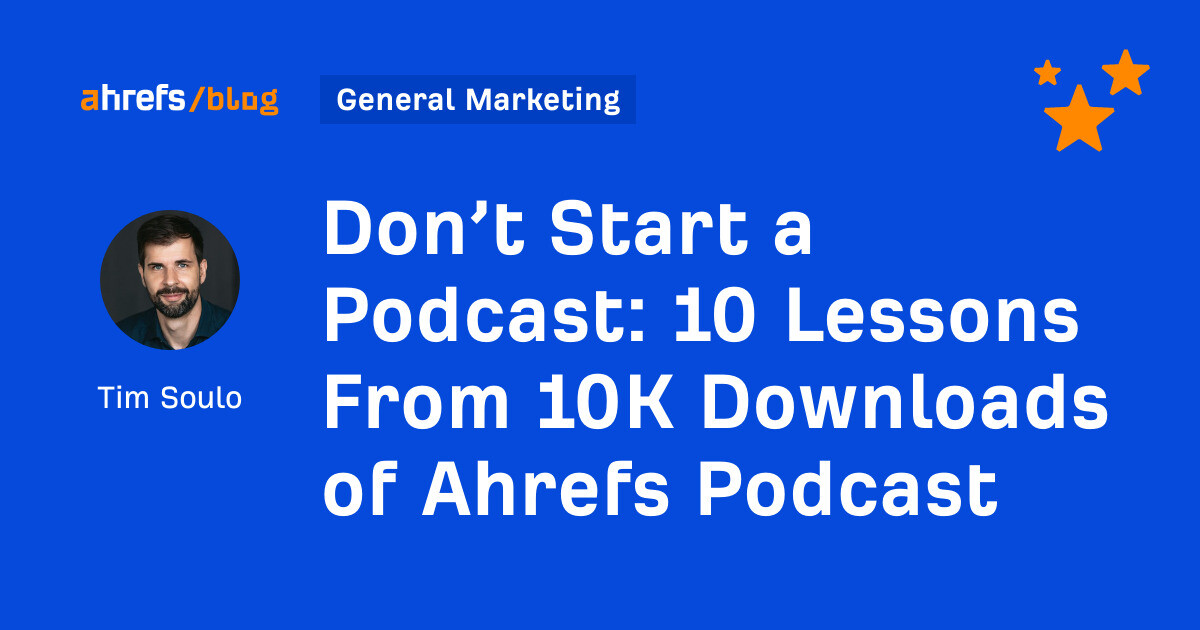[ad_1]
Google’s Gary Illyes answered a query in regards to the website positioning worth of hierarchically ordering heading components (H1, H2, and many others.). His reply supplied an perception into the precise worth of heading components for digital advertising.
Heading Components
In easy phrases, HTML Components are the constructing blocks of an internet web page and so they all have their place very similar to the inspiration and a roof of a house have their locations within the total construction.
Heading components talk the subject and subtopics of an internet web page and are actually a listing of matters when a web page is considered simply by their headings.
The World Large Internet Consortium (W3C), which defines HTML, describes headings like this:
“HTML defines six ranges of headings. A heading component implies all of the font adjustments, paragraph breaks earlier than and after, and any white area essential to render the heading. The heading components are H1, H2, H3, H4, H5, and H6 with H1 being the best (or most essential) degree and H6 the least.
Headers play a associated function to lists in structuring paperwork, and it is not uncommon to quantity headers or to incorporate a graphic that acts like a bullet in lists.”
Strictly talking, it’s completely right to order headings in line with their hierarchical construction.
What Google Says About Headings
The particular person asking the query commented that the website positioning Starter Information recommends utilizing heading components in “semantic” order for individuals who use display screen readers (gadgets that translate textual content into spoken phrases) however that in any other case it’s not essential for Google. The particular person asking the query wished to know if the website positioning Starter Information was outdated as a result of an website positioning instrument had a special suggestion.
Gary narrated the submitted query:
“I not too long ago learn on the website positioning starter information that “Having headings in semantic order is implausible for display screen readers, however from Google Search perspective, it doesn’t matter in the event you’re utilizing them out of order.”
Is that this right as a result of an website positioning instrument instructed me in any other case.”
It’s query as a result of it is smart to make use of heading components in a approach that exhibits the hierarchical significance of various sections of an internet web page, proper?
Right here’s Gary’s response:
“We replace our documentation fairly continuously to make sure that it’s at all times updated. In reality the website positioning starter information was refreshed only a couple months again to make sure it’s nonetheless related, so what you learn within the information is as correct as it will probably get.
Additionally, simply because a non-Google instrument tells you one thing is nice or dangerous, that doesn’t make it related for Google; it might nonetheless be a good suggestion, simply not essentially related to Google.”
See additionally:
Is It Related For Google?
The official HTML requirements are versatile about the usage of headings.
Right here’s what the requirements say right here:
“A heading component briefly describes the subject of the part it introduces. Heading info could also be utilized by consumer brokers, for instance, to assemble a desk of contents for a doc routinely.”
And right here:
“The heading components are H1, H2, H3, H4, H5, and H6 with H1 being the best (or most essential) degree and H6 the least.”
The official HTML5 specs for headings state that the hierarchical ordering is implied however that in each circumstances the headings talk the beginning of a brand new part inside an internet web page. Additionally, whereas the official requirements encourage “nesting” headings for subtopics however that’s a “robust” encouragement and never a inflexible rule.
“The primary component of heading content material in a component of sectioning content material represents the heading for that part. Subsequent headings of equal or greater rank begin new (implied) sections, headings of decrease rank begin implied subsections which can be a part of the earlier one. In each circumstances, the component represents the heading of the implied part.
Sections could include headings of any rank, however authors are strongly inspired to both use solely h1 components, or to make use of components of the suitable rank for the part’s nesting degree.”
That final a part of the official requirements is sort of specific that customers are “inspired” to solely use H1 components, which could sound loopy to some folks, however that’s the truth. Nonetheless, that’s simply an encouragement, not a inflexible rule.
It’s solely within the official HTML requirements for heading components within the context of accessibility that the suggestions are extra inflexible about utilizing heading components with a hierarchical construction (essential to least essential).
In order you may see, Google’s utilization of heading components seem like in step with the official requirements as a result of the requirements permit for deviation, apart from accessibility causes.
The website positioning instrument is right that the right use of heading components is to place them into hierarchical order. However the instrument is wrong in saying that it’s higher for website positioning.
Because of this H1 is a very powerful heading for display screen readers but it surely’s not a very powerful for Google. Once I was doing website positioning in 2001, the H1 was a very powerful heading component. However that hasn’t been the case for many years.
For some cause, some website positioning instruments (and SEOs) nonetheless consider that H1 is a very powerful heading for Google. However that’s merely not right.
Hearken to the website positioning Workplace Hours Podcast on the 13:17 minute mark:
See additionally:
Featured Picture by Shutterstock/AlenD
[ad_2]






